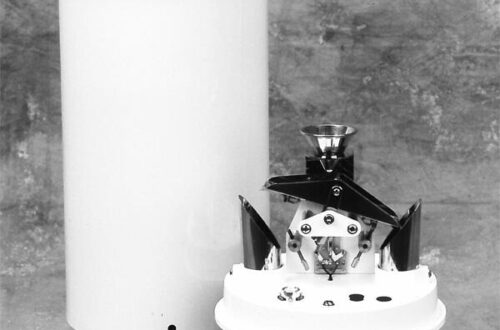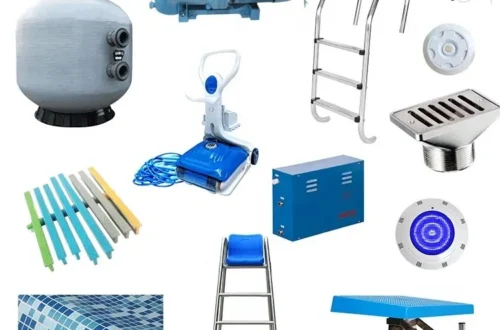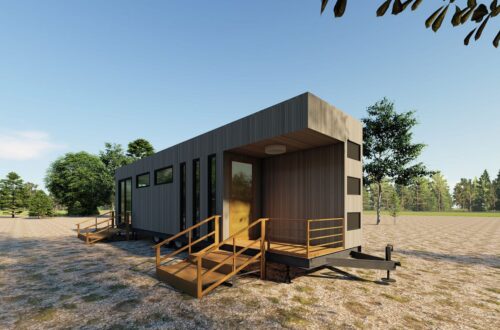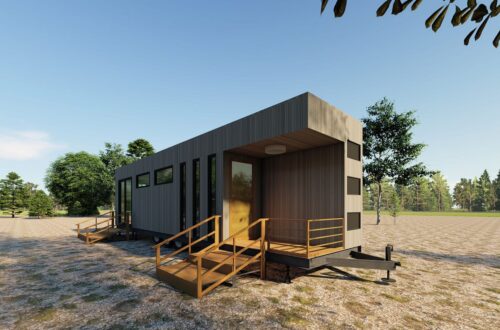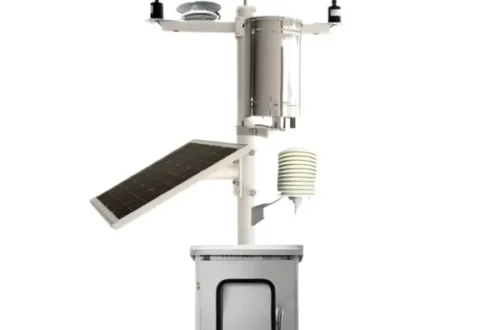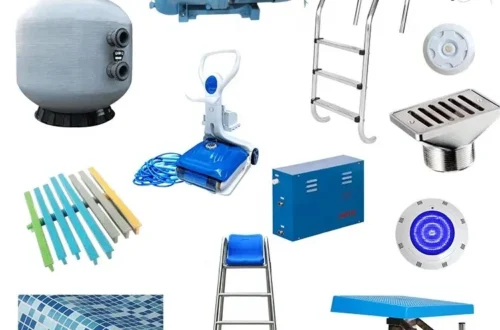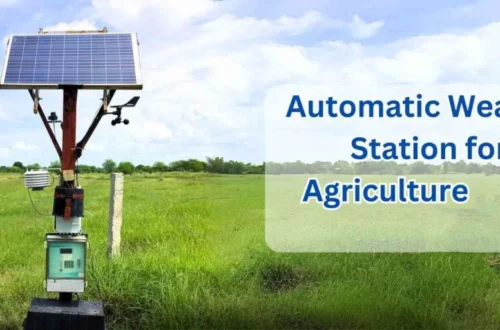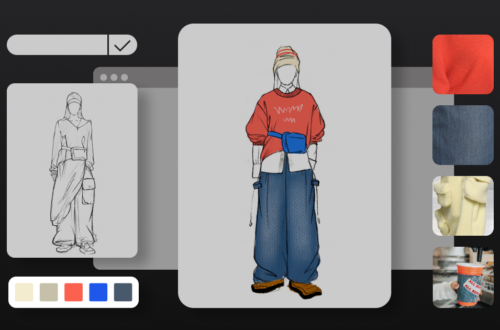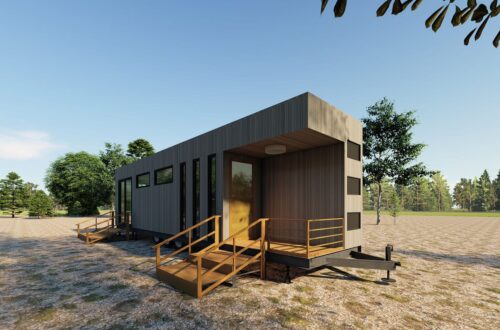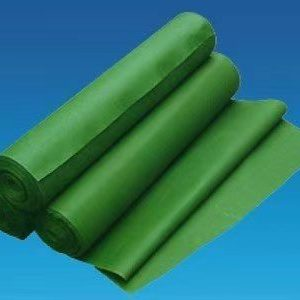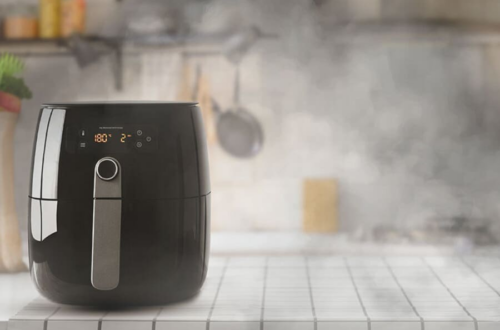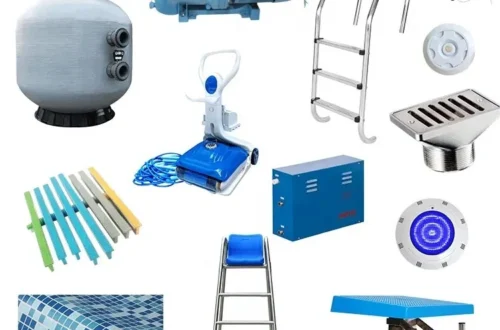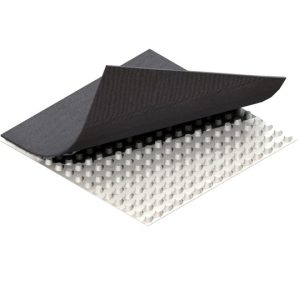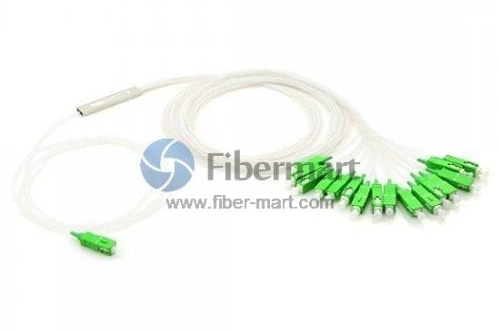-
What is Atmospheric Pressure? Definition, Causes, and Effects
What is Atmospheric Pressure? Atmospheric pressure, also known as air pressure, is the force exerted by the weight of air in the Earth’s atmosphere. It plays a crucial role in weather patterns, human health, and various industrial applications. Definition and Basic Concepts To define atmospheric pressure, it is the pressure within the atmosphere of Earth, typically measured with a barometer. Standard atmospheric pressure at sea level is 1013.25 millibars or 29.92 inches of mercury. Causes of Atmospheric Pressure Gravity is the primary cause, pulling air molecules toward the Earth’s surface and creating pressure. Temperature and altitude variations also significantly influence pressure levels. Effects on Weather and Health Changes in atmospheric…
-
Atmospheric Pressure Definition: Understanding the Force of Air Around Us
**Understanding Atmospheric Pressure** Atmospheric pressure is the force exerted by the weight of air above us. It affects weather patterns, human health, and even daily activities like cooking or flying. To grasp the full atmospheric pressure definition, it’s essential to explore its causes and effects. **Key Factors Influencing Air Pressure** Altitude, temperature, and humidity are primary factors. Higher altitudes have lower pressure, while warm air reduces density and pressure. This variability explains why weather forecasts rely on pressure measurements. **How Atmospheric Pressure Impacts Daily Life** From predicting storms to enabling aviation, atmospheric pressure is crucial. Low pressure often signals rain, whereas high pressure indicates clear skies. It also affects how…
-
GRL: The Ultimate Guide to Understanding and Implementing GRL Strategies
GRL: The Ultimate Guide to Understanding and Implementing GRL Strategies In today’s competitive digital landscape, mastering GRL (Global Resource Leveraging) strategies has become essential for sustainable business growth. This comprehensive guide explores how organizations can effectively implement GRL frameworks to optimize their global operations and maximize resource utilization. Core Components of GRL Framework The GRL methodology comprises three fundamental elements that work synergistically to drive organizational success. Understanding these components is crucial for effective implementation. Resource Mapping and Allocation Strategic resource mapping forms the foundation of successful GRL implementation. Organizations must identify available resources across global operations and develop systematic allocation protocols that align with business objectives. Cross-Border Collaboration Systems…
-
GRL: The Ultimate Guide to Unlocking Its Potential
GRL: The Ultimate Guide to Unlocking Its Potential In today’s fast-paced technological landscape, understanding grl is essential for professionals and enthusiasts alike. This comprehensive guide explores how GRL can transform your approach to innovation and efficiency. Core Features of GRL Technology GRL offers a suite of advanced tools designed to streamline workflows and boost productivity. Its key functionalities include real-time data analysis, automated reporting, and seamless integration with existing systems. These features empower users to make data-driven decisions quickly. Real-Time Analytics and Performance Metrics With GRL’s cutting-edge analytics, you can monitor performance metrics instantly. This capability helps identify bottlenecks and optimize processes for maximum output, making it a valuable asset…
-
Radiated vs. Irradiated: Key Differences and Definitions
Radiated vs. Irradiated: Key Differences and Definitions When discussing energy transfer, many confuse the terms radiated and irradiated. Though related, they describe distinct concepts in physics and engineering. Understanding their differences clarifies their applications across industries. What Does Radiated Mean? Radiation refers to energy emitted as waves or particles from a source. Common examples include heat from the sun or radio waves from antennas. Types of Radiation Radiation can be electromagnetic (like light) or particulate (such as alpha particles). Each type has unique properties and uses. What Does Irradiated Mean? Irradiation describes the process where an object receives radiation. It focuses on exposure rather than emission. Applications of Irradiation Irradiation…
-
GRL: The Ultimate Guide to Unlocking Its Potential
GRL: The Ultimate Guide to Unlocking Its Potential In today’s fast-paced technological landscape, GRL has emerged as a game-changing solution for industries worldwide. Whether you’re in engineering, manufacturing, or research, understanding how to leverage GRL can transform your operations and drive unprecedented growth. This comprehensive guide will walk you through everything you need to know. Core Features and Benefits GRL offers a suite of powerful tools designed to optimize performance and efficiency. Key features include advanced analytics, real-time monitoring, and customizable modules that adapt to your specific needs. By implementing GRL, businesses report up to 40% improvement in workflow automation and data accuracy. Scalability and Integration One of the standout…
-
The Hidden Downsides of Automatic Weather Stations: What You Need to Know
The Hidden Downsides of Automatic Weather Stations: What You Need to Know Automatic weather stations (AWS) have revolutionized meteorological data collection, but they come with significant drawbacks that are often overlooked. Understanding these limitations is crucial for accurate weather interpretation and decision-making. Key Limitations in Data Accuracy While AWS provide continuous monitoring, they suffer from calibration drift and sensor degradation over time. Temperature sensors may show errors due to radiation shielding issues, while rainfall gauges often undercatch during high-wind events. These inaccuracies compound when making long-term climate assessments. Maintenance Challenges Regular maintenance is essential yet frequently neglected. Sensors require cleaning, calibration, and protection from environmental damage. Without proper upkeep, data…
-
The Ultimate Guide to Soil Moisture Sensor Applications: Maximizing Agricultural Efficiency
The Ultimate Guide to Soil Moisture Sensor Applications: Maximizing Agricultural Efficiency Modern agriculture thrives on precision, and soil moisture sensor application is at the forefront of this revolution. These devices provide real-time data, enabling farmers to optimize irrigation, conserve water, and boost crop yields efficiently. Key Benefits of Using Soil Moisture Sensors Soil moisture sensors help reduce water waste by delivering accurate moisture readings. This leads to smarter irrigation scheduling, prevents overwatering or underwatering, and promotes healthier plant growth. Additionally, these sensors support sustainable farming by minimizing resource usage. Types of Soil Moisture Sensors Common types include capacitive, tensiometric, and resistance-based sensors. Each type has unique advantages, suitable for different…
-
Soil Moisture Sensor Working Principle: A Comprehensive Guide
Soil Moisture Sensor Working Principle: A Comprehensive Guide Soil moisture sensors are essential tools in modern agriculture, environmental monitoring, and smart irrigation systems. Understanding the soil moisture sensor working principle is key to optimizing water usage and improving crop yields. How Soil Moisture Sensors Function Most soil moisture sensors operate based on capacitance or resistance principles. Capacitive sensors measure the dielectric constant of the soil, which changes with water content, while resistive sensors detect the electrical conductivity between two electrodes. These methods provide accurate, real-time data on soil hydration levels. For a deeper dive, explore this detailed resource on the soil moisture sensor working principle. Common Applications and Benefits These…
-
Types of Light Sensors: A Comprehensive Guide to Their Functions and Applications
Types of Light Sensors: A Comprehensive Guide to Their Functions and Applications Light sensors are essential components in modern technology, converting light energy into electrical signals. This guide explores the major types of light sensors, their functions, and practical applications across industries. Photodiodes and Phototransistors Photodiodes convert light into current, ideal for precision light detection. Phototransistors amplify this signal, suited for applications like optical switches and light meters. Photoresistors (LDRs) These sensors change resistance based on light intensity. Commonly used in automatic lighting systems and burglar alarms due to their cost-effectiveness. Industrial Automation Uses In manufacturing, light sensors optimize processes through object detection and quality control, enhancing efficiency and safety.…
